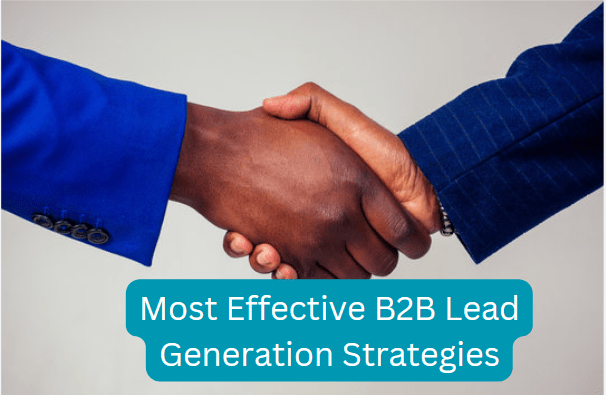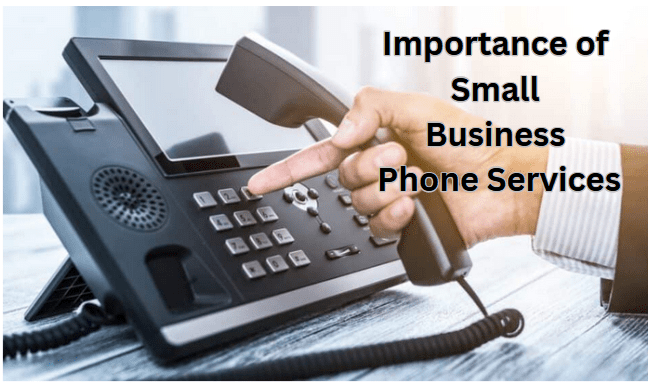Effective B2B lead generation strategies stands out as a pivotal component for businesses aspiring to broaden their customer outreach and boost revenue streams. In the dynamic landscape of commerce, the ability to identify and cultivate promising business prospects is indispensable.
The process involves systematically capturing information about potential clients or businesses that could benefit from the products or services offered.
In essence, B2B lead generation serves as the initial phase in establishing meaningful connections with potential clients. It is the proactive approach of seeking out and attracting entities that align with the business’s target market. This strategic pursuit not only aids in expanding the clientele but also plays a vital role in fostering long-term relationships.
Moreover, successful B2B lead generation strategies involves employing various strategies and channels. This includes but is not limited to content marketing, email campaigns, social media outreach, and networking events. The goal is to engage potential clients by providing valuable information, addressing their pain points, and showcasing the business’s expertise.
Furthermore, the significance of B2B lead generation strategies extends beyond merely acquiring new customers. It contributes to a more profound understanding of the target audience, allowing businesses to tailor their marketing and sales efforts effectively. By analyzing the data obtained through lead generation activities, businesses can refine their approaches and align their offerings with the specific needs and preferences of their potential clients.
Here are 12 Effective B2B Lead Generation Strategies:
1. Define Target Audience
Clearly define your ideal customer profile (ICP) to understand the characteristics of your target audience. Identify industry, company size, location, and other relevant factors.
2. Content Marketing
Develop high-quality, relevant content that addresses the pain points and challenges of your target audience. Use blog posts, whitepapers, eBooks, and webinars to establish thought leadership.
3. SEO Optimization
Optimize your website and content for search engines. This includes using relevant keywords, creating compelling Meta descriptions, and ensuring a mobile-friendly design. Higher visibility in search results can drive organic traffic.
4. Social Media Marketing
Leverage social media platforms to engage with your audience. Share valuable content, participate in industry discussions, and use targeted advertising to reach decision-makers in your niche.
5. Email Marketing
Develop targeted email campaigns with personalized and valuable content. Use automation to nurture leads through the sales funnel and tailor messages based on where prospects are in their buyer’s journey.
6. Leverage Influencers
Identify and connect with influencers in your industry who can endorse your product or service. Their credibility can positively impact your brand and attract attention from their followers.
7. Webinars and Events
Host webinars or participate in industry events to showcase your expertise and connect with potential leads. Virtual events have become increasingly popular, providing a cost-effective way to reach a broader audience.
8. Interactive Content
Create interactive content such as quizzes, assessments, or calculators to engage your audience. Interactive content can capture more data about your leads and keep them actively involved.
9. Referral Programs
Encourage your existing customers to refer your products or services to their network. Implement a referral program with incentives for successful referrals to motivate your customer base.
10. Chatbots and AI
Add chatbots on your website to engage visitors in real-time. Use artificial intelligence to qualify leads, answer basic queries, and route more complex inquiries to the appropriate sales representative.
11. LinkedIn Marketing
Utilize LinkedIn as one of your B2B lead generation strategies. Create a compelling LinkedIn business page, share valuable content, and actively participate in relevant groups. LinkedIn advertising can also be effective for targeting specific professionals.
12. Data Analysis and Optimization
Regularly analyze the performance of your lead generation efforts. Use data to identify which strategies are most effective and optimize your campaigns accordingly. This may involve adjusting targeting parameters, refining messaging, or reallocating resources.
Read also: 8 Benefits of Google Advertising For Small Business
Remember, the key to successful B2B lead generation is a combination of these strategies tailored to your specific industry and target audience. Regularly assess and adapt your approach based on performance metrics and market changes.
In conclusion, B2B lead generation strategies are an integral and strategic process for businesses aiming to thrive in the competitive market. It serves as the cornerstone for building a robust customer base and driving sustainable revenue growth.
Through a combination of proactive strategies and thoughtful engagement, businesses can position themselves for success in the ever-evolving business landscape.




